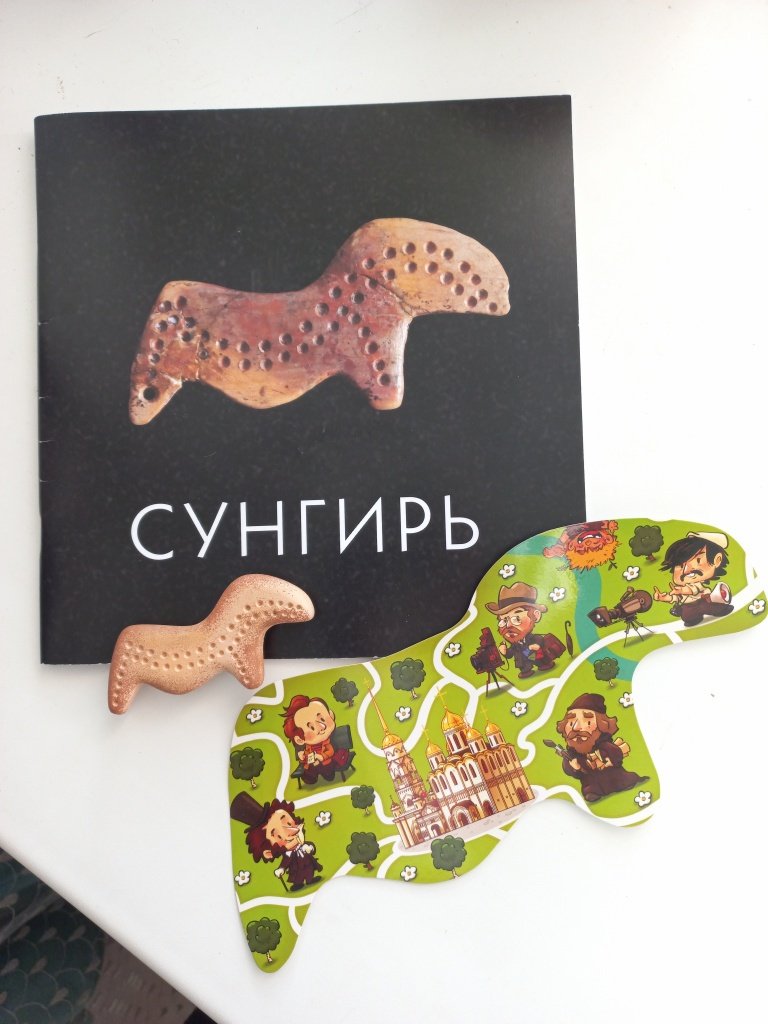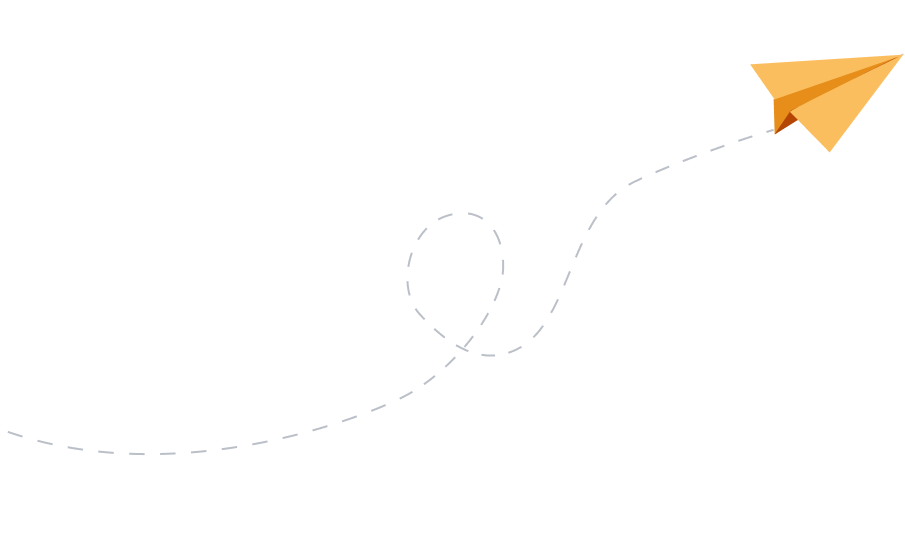Vladimir
Vladimir is part of the Golden Ring, a group of ancient Russian cities. In the centre of the city, you will find the Assumption Cathedral with an ornate altar and frescoes of the 15th century.
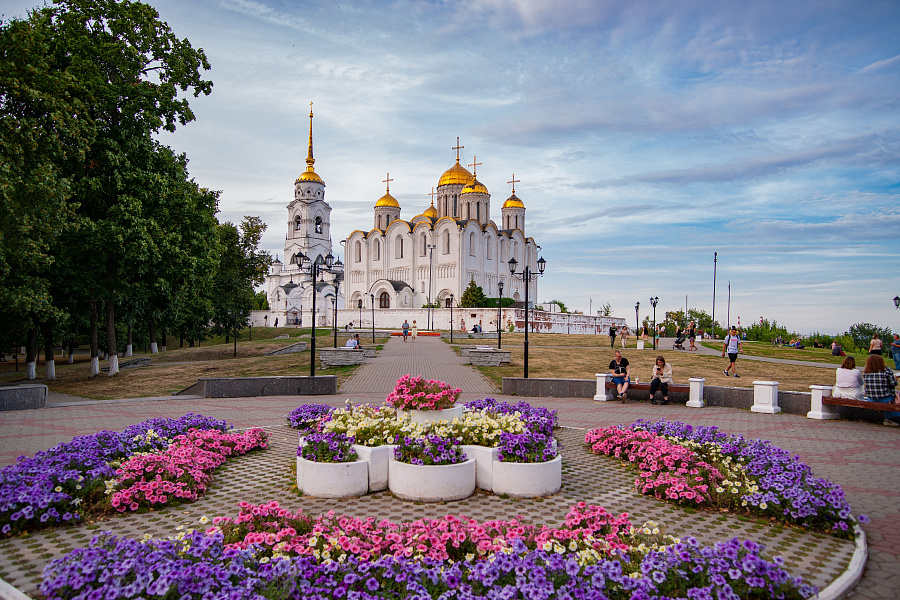
Vladimir is part of the Golden Ring, a group of ancient Russian cities. In the centre of the city, you will find the Assumption Cathedral with an ornate altar and frescoes of the 15th century.
Vladimir is located primarily on the left bank of the Klyazma River, 176 km east of Moscow. It is a transport hub for motor highways (Volga and Vostok) and a railway (Nizhny Novgorod section of the Transsib).
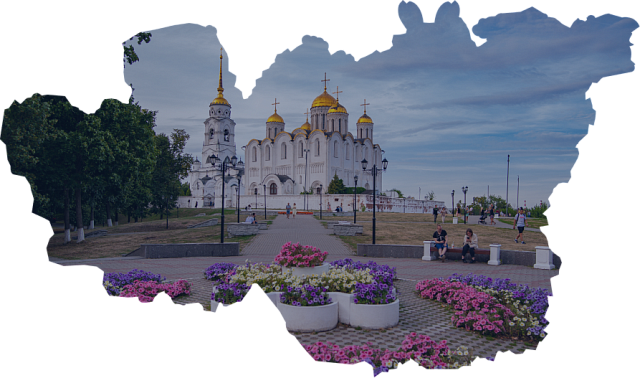
Vladimir, one of the oldest cities in Russia, is picturesquely located on the left bank of the Klyazma River.
The city was founded by Vladimir the Red Sun, the Baptist of Rus, in 990. For a very long time, the year of foundation was considered to be 1108, and Vladimir Monomakh was deemed the founder. But after carefully studying many documents and archaeological finds, scientists came to the conclusion that the city was founded in 990, this date was approved in 1992 by the Vladimir City Council of People's Deputies.
The city used to experience the capital glory. In 1157, Vladimir was the capital of Northeastern Rus. Then Prince Andrei Yuryevich Bogolyubsky moved his residence here from Suzdal. By his decree, the Assumption Cathedral and the Golden Gate, which have survived to this day, were built. It was under Prince Andrei Bogolyubsky that Vladimir received its rapid development.
Vladimir survived both the grief of the Mongol yoke and the quiet age of a provincial city.
Today, Vladimir is a popular tourist spot on the map of Russia with lots of rare cultural monuments and museums. Among the attractions of Vladimir there are unique monuments of white stone architecture included in the UNESCO World Cultural Heritage List in 1992 – the Golden Gate, the Dmitrievsky Cathedral, and the Assumption Cathedral. All these monuments were built in the 12th century.
For more than half a century, Vladimir has been part of the Golden Ring of Russia, one of the most famous tourist routes in the country.
Among the famous residents of Vladimir are the names of composer Sergei Taneev, poet Konstantin Balmont, author of the first liberal ideas Mikhail Speransky, great naval commander Mikhail Lazarev, Soviet announcer Yuri Levitan, Olympic champions Nikolai Andrianov and Aleksei Prokurorov.
Like many cities, Vladimir is shrouded in many mysteries and legends. One of the urban legends says that in the 1930s, Vladimir supposed to be renamed Kaganovich, in honour of Lazar Moiseevich Kaganovich, a Communist party figure and close associate of Stalin. At one of the party and economic meetings in Vladimir, a proposal was put forward to rename the city to which one of those present noted that Vladimir is the name of Lenin, and the question of renaming the city to Kaganovich was closed.
Intriguing facts:
- There are two versions regarding the foundation date of the city. According to the first one, Vladimir was founded in 990 by Prince Vladimir Svyatoslavich (the Red Sun). According to another one, the city was founded by Prince Vladimir Monomakh in 1108.
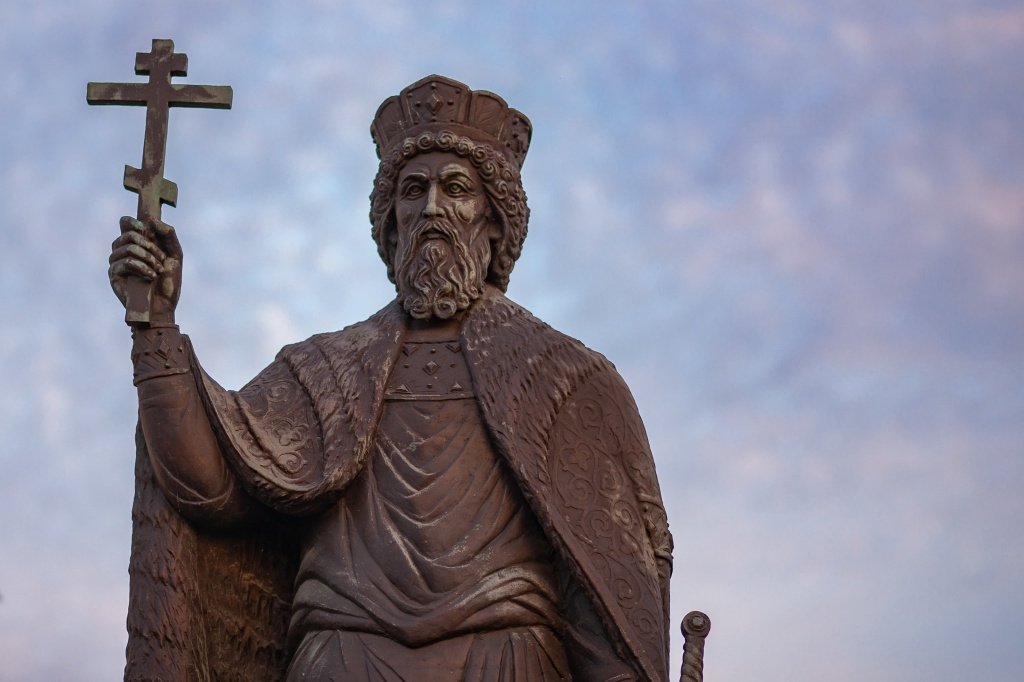
- Prince Alexander Nevsky was originally buried in the Mother of God Nativity Monastery in the city of Vladimir. Under Peter I, his relics were transported to St. Petersburg.
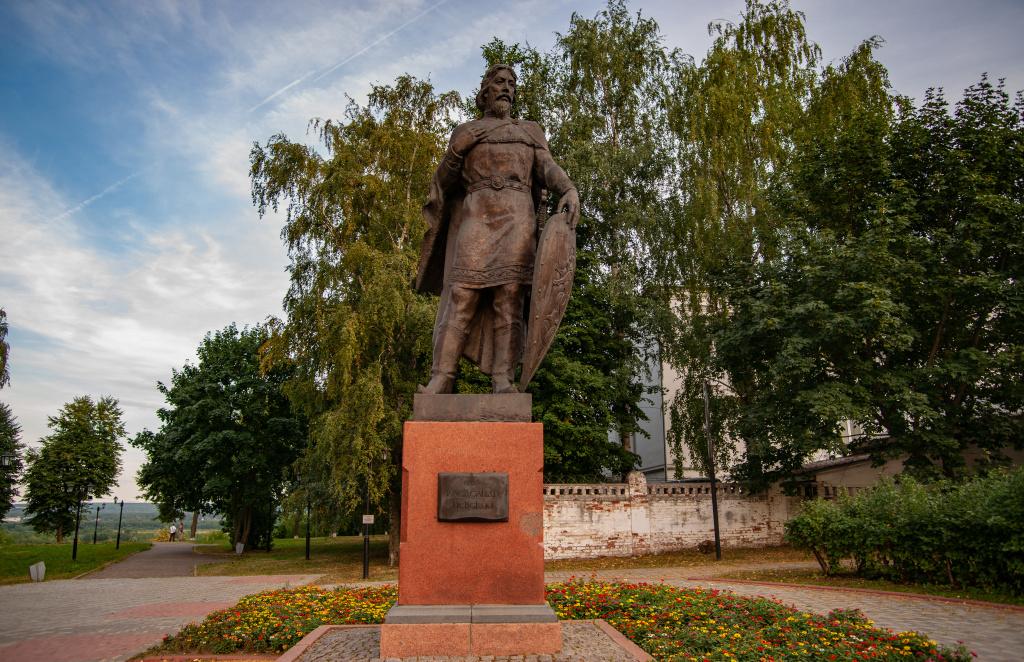
- Three monuments of pre-Mongol Rus have been preserved in the city: the Assumption Cathedral, the Golden Gate, and the Dmitrievsky Cathedral. All of them are UNESCO World Heritage Sites.
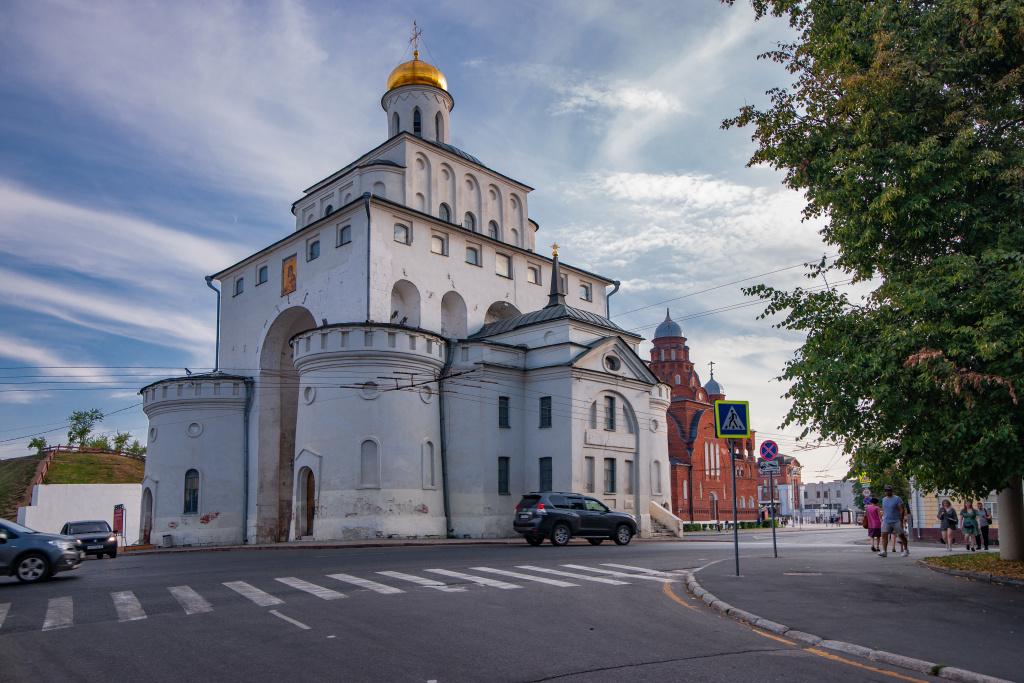
- Many people believe that there are only 2 monasteries in Vladimir: the Nativity Monastery and the Princess Monastery. However, in fact, there are 3 of them: the Mother of God Nativity Monastery, the Holy Dormition Princess Monastery and the St. Alexievsky Konstantin-Eleninsky Monastery. The latter is located in the Dobroye district, behind the building of the city hospital.
- Vladimir is among the cities on the Golden Ring of Russia route.
- The city has the largest collection of spoons in Russia! It exceeds 25,000 pieces! You can see it at the Spoon Museum.
- In the Assumption Cathedral of Vladimir, frescoes by the outstanding 15th-century icon painter Andrei Rublev have been preserved.

- The M-7 highway nicknamed 'Beijing road' by the local residents runs along Vladimir. They say that there were plans to build a road all the way to Beijing, but it didn't work out, however, the name caught on.
- The city has preserved the remains of Kozlov Val, a 12th-century fortress rampart.
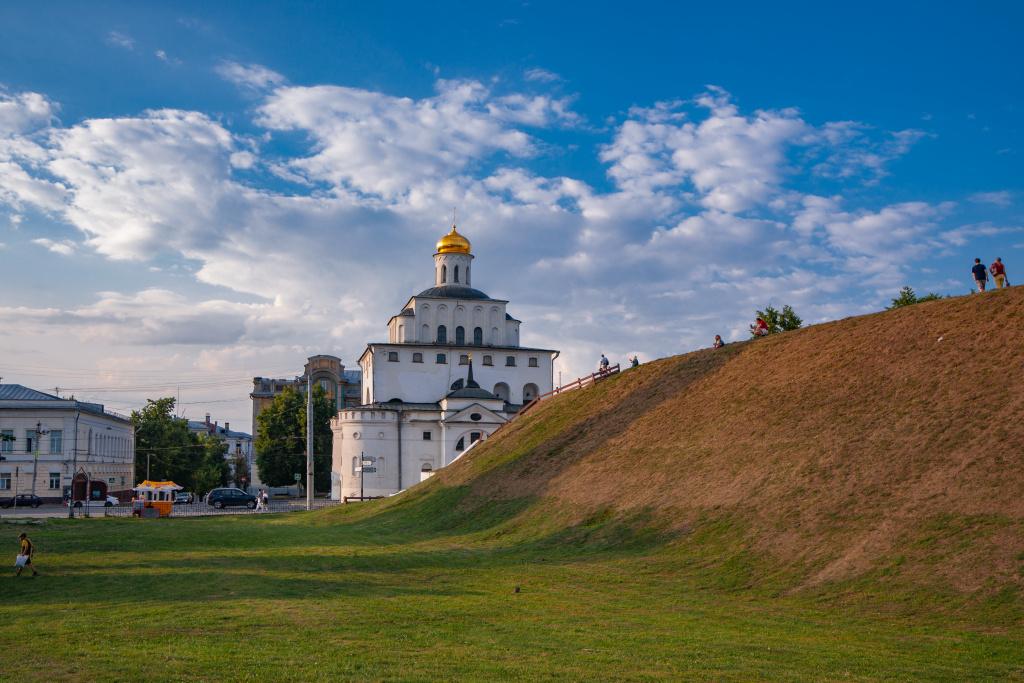
- According to legend, no one has ever managed to escape from the famous Vladimir Central prison in the entire history. Currently, the Central is a functioning prison for especially dangerous criminals.
- One of the greatest Russian shrines, the Vladimir Icon of the Mother of God, is named after the city. According to legend, the Mother of God ordered Prince Andrei Bogolyubsky to leave in Vladimir the miraculous icon, which he was taking from Vyshgorod.
- In ancient times, Vladimir was called Vladimir-Zalessky, because it was located 'beyond the forests'. Another name it used to bear was Vladimir-on-Klyazma. Klyazma is a river flowing through the city.
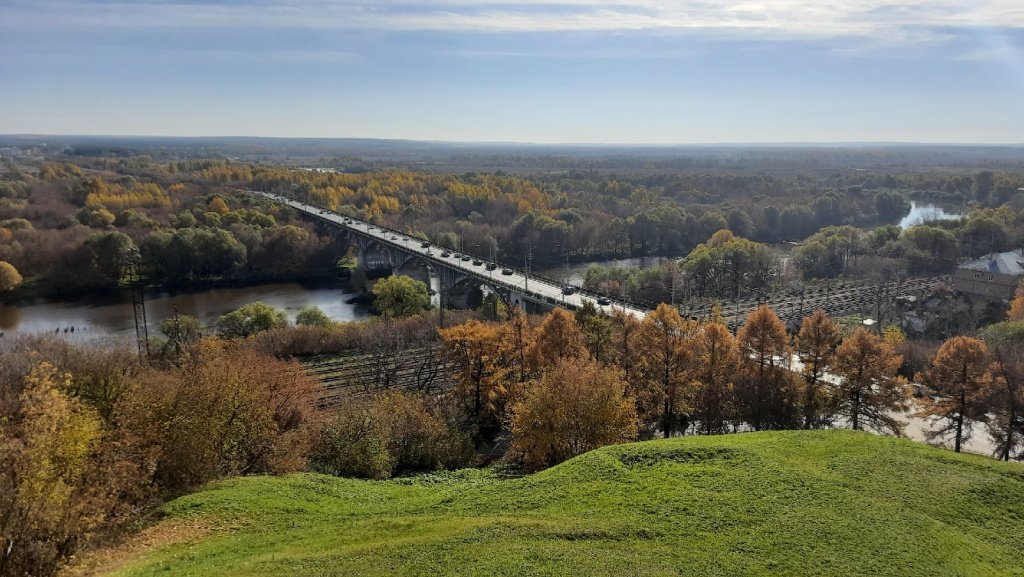
- According to legend, the wings of the Golden Gate were sunk in Klyazma. In the Soviet years, the Japanese offered to clean the river for free, but the offer was rejected. After all, in return for free help, they expected to take away everything they found at the bottom of the river.
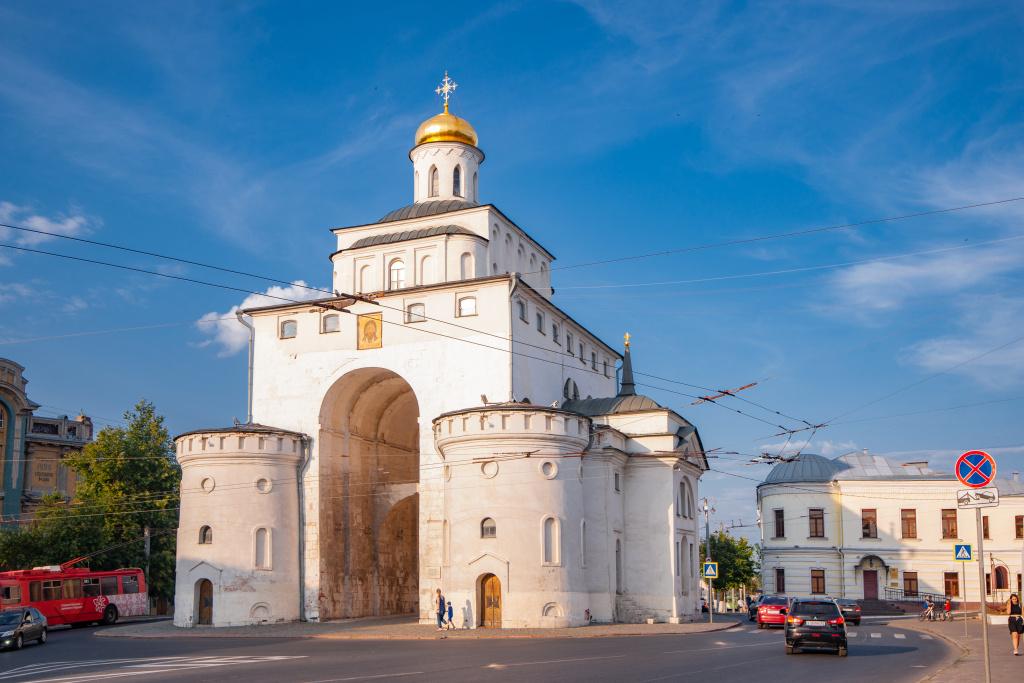
- The Andrei Rublev movie recognised as one of the best in the history of world cinema was partially shot in Vladimir against the backdrop of the Assumption and Dmitrievsky Cathedrals. Footage of the ancient frescoes of the Assumption Cathedral was also included in the movie.
- In 1955, on the outskirts of Vladimir, an Upper Paleolithic site was discovered. It was named Sungir (after the stream flowing nearby). The famous Sungir horse and an unusual pair burial of two teenagers were found there.
